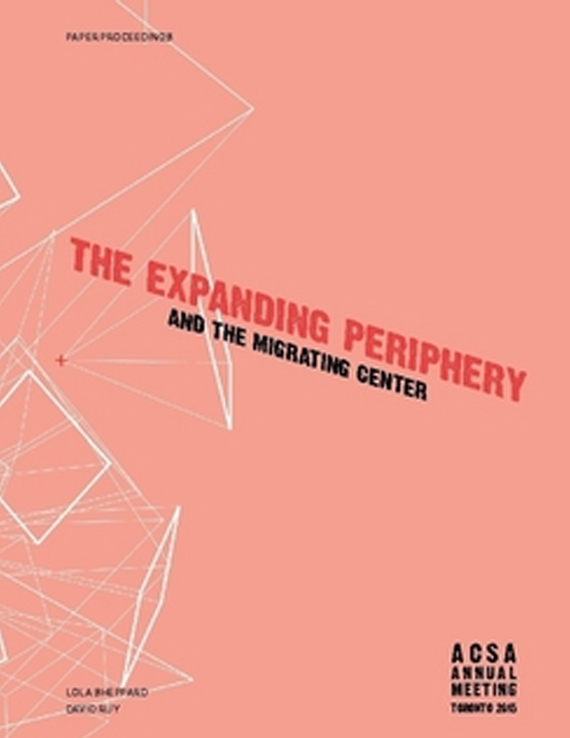Author(s): Anca Matyiku & Chad Morgan Connery
What follows is a reflection on how fiction and the fictive might inform, contaminate, or precipitate architectural research. The discussion will unfold through the authors’ recently completed research-creation project, an architectural installation entitled Stones of Teeth. The built work came about through a combination of repetitive manufacturing, empirical chemistry, and material explorations – all taking shape through the lens of Nordic mythology, and specifically the creation story described by Snorri Sturluson in “The Prose Edda”. The resulting installation, as well as the process of constructing it, propounded a particular dialectical process between the human act of making and that of the-thing-making-and-unmaking-itself. By reflecting on Stones of Teeth, this paper ultimately speculates on the capacity of fictive entities to contribute to discovery in architecture. It probes the question: How do architects navigate between the reality of substances and the infinite imaginary in order to learn about architecture? How do physical and fictive objects participate in the making of such knowledge? We maintain that at stake is the learning about; the architectural act rather than the architectural product. As such this paper will focus on the process of learning and discovery that emerged through the work. At play is a flirting with real materials to corroborate our suspicions that they might be smuggling in fabulations of their own. Through this paper, we suggest parallels between the tactile incarnation of fictive elements in Stones of Teeth, and pertinent theoretical works – in particular those of Paul Ricoeur, Martin Heidegger, and Graham Harman – in order to confront reality and fiction with learning and the making of knowledge. We keep in mind that from philosophy to architecture the correspondences are often oblique and require a certain amount of interpretation.
Volume Editors
David Ruy & Lola Sheppard
ISBN
978-0-935502-95-4

 Study Architecture
Study Architecture  ProPEL
ProPEL 
